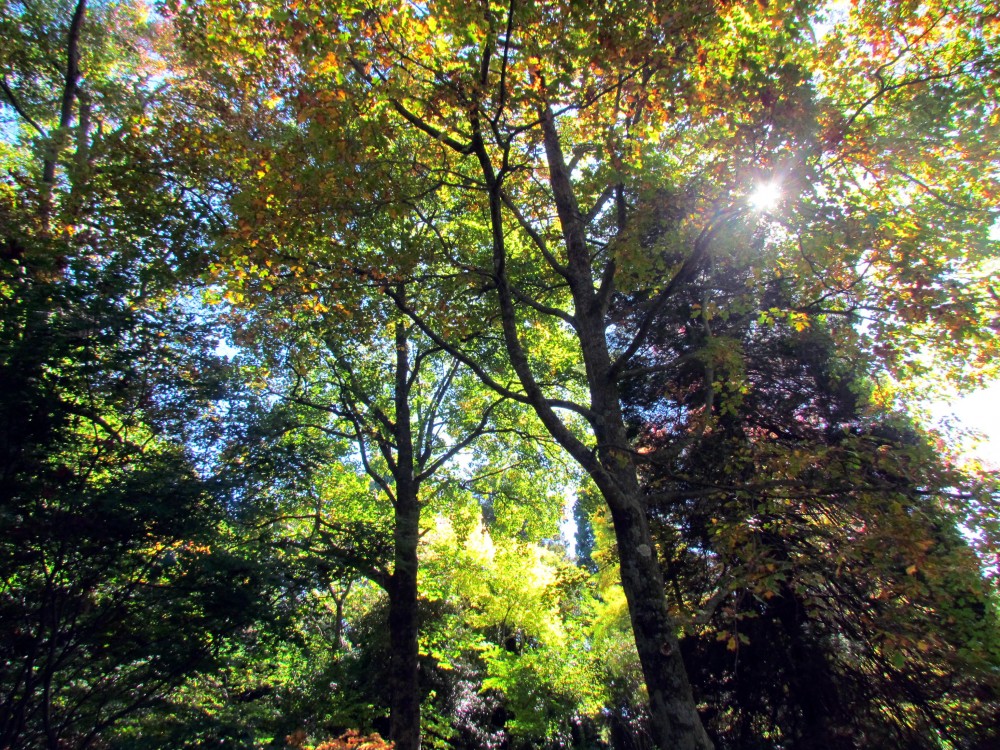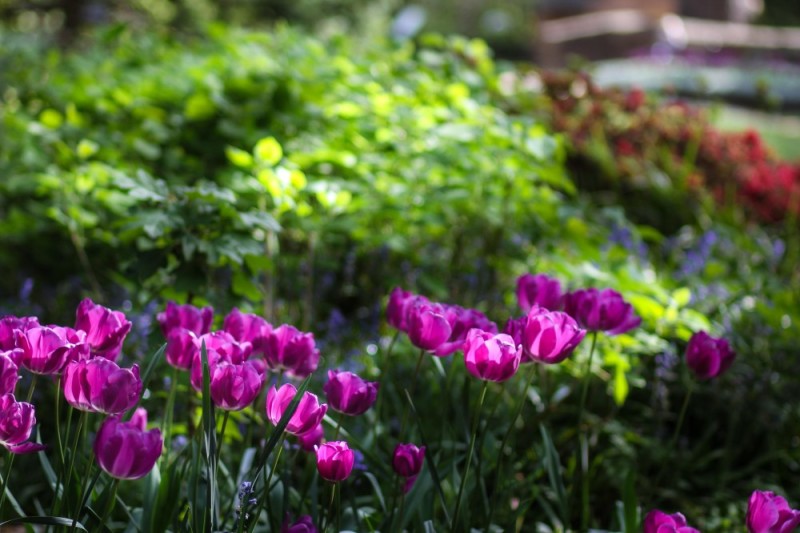Are you looking to transform your mountain into a molehill?A sloping garden poses unique challenges when designing a garden, but with the right techniques and strategies you can make the most of your mountainous yard to create a stunning outdoor space.
Are you worried that gardening on a hillside is going to be an uphill battle? Many property owners with sloped gardens love the views of their gardens, even if it means there is some extra legwork in preparing and maintaining the garden.
Come and explore advice from the Sydney landscape designers to help utilise your angled yard.
Do you want a large flat area?
Families love having large flat spaces for children to play on. When posed with angled yards, homeowners have the option to create levelled areas using retaining walls, steps and ramps. Unfortunately, this is not the cheapest option as it will require unique designs from a landscape architect as well as expensive labour and materials to add into the budget.


What Are The Advantages Of Sloping Gardens?
- You can utilise the highest aspects of the yard to create vantage points, either as a location with great views down over the yard, or as the focal point that captures attention from down below.
- If you use retaining walls, this allows easy separation of the garden which allows you to utilise various styles in the one yard. Enjoy the opportunity to express various personalties in the one outdoor space.
- Mowing grass on a sloped garden can be extremely difficult as well as dangerous. But by using ornamental grasses, you can showcase unique native grasses that are far easier to maintain than the traditional lawn your neighbours are mowing each weekend.
12 Expert Tips For Sloped Gardens
- Choose plants that have robust and strong roots. Not only will this help the plants to stay in place, but it will also help prevent soil erosion.
- Use a diverse range of plants. By choosing different plants, shrubs, trees and bushes of different sizes, the unique root structures will ensure rainfall is diffused evenly which will help prevent soil runoff.
- Dig extra deep holes for plants. Quality compost needs to be used so that plants are established quickly and create rugged root systems.
- Drip irrigation prevents water wastage. Due to the high gradient, water will be wasted and not soak into the soil if it is too rapidly applied. Use drip irrigation at the base of plants to ensure the best use of the water.
- Plant positioning is important. Any new shrubs, bushes or trees that are planted in-between the residence and the top of the slope will block the view. Don't put your largest plants and trees at the back of the yard as they will create an imbalanced perspective.
- Use long grasses to cover areas that will be awkward to maintain. Semi-regular trimming of the grasses will keep them looking great without having to be mowed each week. Planting grasses will help prevent soil loss on flat sections of the yard.
- Water features can be very appealing to the eye. Water features on sloped gardens can also be very appealing to the wallet as well as there is a natural flowing slope for the water already on your property.
- Use natural materials to create a set of stairs to easily access all areas of the garden. When stairs are incorporated into a sloped garden, maintaining all corners of the garden become dramatically easier and safer. On the other hand, creating a zigzagging path perpendicular to the slope with hairpins provides an attractive focal point to the garden while doubling as an accessible route the more corners of the garden.
- Creating an effective drainage system is extremely important when designing a garden on sloped land. Drains do not need to be elaborate, deep or expensive, but they do need to be effective. Many designers use a network of smaller drains that flow into a large central channel.
- Soil quality can be very poor on sloped banks. Essential nutrients can be flushed away from the topsoil. Proper soil preparation will be required so that plants flourish in their sloped location.
- Physical barriers may need to be introduced to ensure there is appropriate soil retention. Chicken wire, retaining walls, rocks and other physical barriers can help prevent soil loss during heavy rainfall.
- Use a professional landscape designer. While you may have the creativity and necessary horticultural knowledge to bring to life you own courtyard garden design, creating a landscape plan for a sloped yard is an entirely different challenge. If appropriate drainage, soil retention strategies and plant choices are not made, your garden could be washing away from you during the next downpour. Not only will a professional landscape designer provide you with a creative garden plan that will thrive year after year, their expertise will allow you to make the most of the space you have at your disposal.

Dapple Landscape Design
With a reputation for being one of Sydney most talented landscape designers, Julian Saw is raising the bar of affordable garden design in the region. From minor garden redesigns to expansive landscape redevelopments, the team at Dapple Landscape Design has the skills, expertise and creativity to provide you with exquisite plans that surpass even the highest expectations.
By choosing plants with purpose, Julian Saw will help breathe life and personality into your outdoor space. With an intimate knowledge of advanced horticulture, the team look at plants as functional objects. By focusing on native plants as the centrepieces of your garden, the landscape designers craft unique environments that will upgrade your outdoor lifestyle.
Make the most of your angled yard and add value to your property with a professionally designed garden from the leading landscape architects in Sydney.
Would you like to discuss your project with the principle landscape designer at Dapple Landscape Design?
Give Julian a call today on 0437 043 112.
To explore the entire range of services the team provides, please visit the company website today.
Dapple Landscape Design
Address: Picnic Glen, Springwood NSW 2777
Phone: 0437 043 112